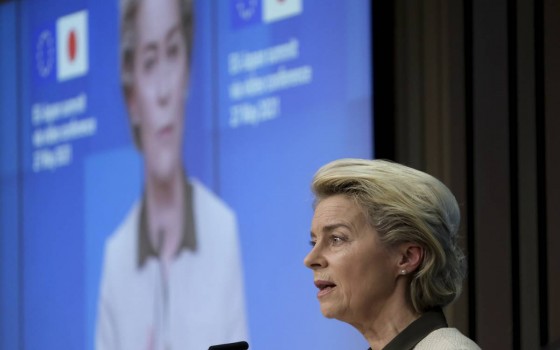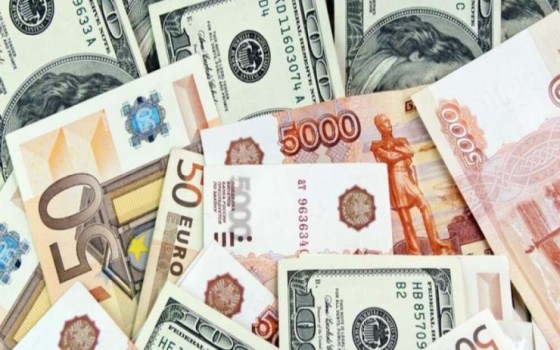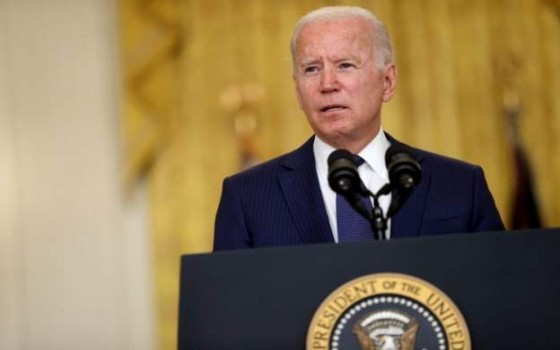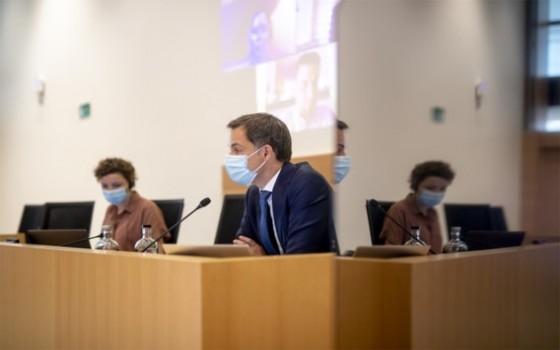
More than 2 million Belgians at risk of poverty or social exclusion

- Europe and Arabs
- Thursday , 30 January 2025 8:25 AM GMT
Brussels: Europe and the Arabs
In 2024, 18.2% of the Belgian population was at risk of poverty or social exclusion, i.e. just over 2.1 million people. This is evident from the latest results of the Survey of Income and Living Conditions (SILC) for 2024, organized by the Belgian statistical office Statbel. This survey measures several indicators related to poverty, income inequality and living conditions every year.
To be considered at risk of poverty or social exclusion (AROPE), a person must face at least one of the following three situations:
Risk of monetary poverty (AROP): In 2024, 11.5% of the Belgian population had a disposable income below the poverty threshold.
Low labor intensity: 11.3% of the population live in households where adults of working age have worked very little in the past twelve months (i.e. less than 20% of their total potential).
Severe material and social deprivation: 6.1% of the population suffers from severe material and social deprivation, i.e. they are unable to meet certain daily expenses (paying bills, replacing worn-out furniture, going out regularly, etc.), which are considered necessary to maintain an acceptable standard of living.
Regional differences
As in previous years, there are still significant differences between regions:
The Brussels-Capital Region has the highest levels of poverty and social exclusion.
The Flemish Region has the lowest rates for all indicators.
Wallonia is in the middle, but its poverty levels are higher than the national level.
At the regional level, the data confirm significant differences: in some provinces (especially in Flanders, such as Flemish Brabant and West Flanders), the situation is more favourable to indicators of poverty or social exclusion, while in Brussels and some provinces in Belgium, the situation is more favourable to indicators of poverty or social exclusion. In Wallonia, as in Hainaut, the risk of poverty or social exclusion is higher than in the other provinces.
Evolution of poverty and social exclusion over time
Over the years, these four indicators have shown somewhat contradictory trends:
The AROPE index fell from 20.0% in 2019 to 18.6% in 2023 and 18.2% in 2024.
The basic income rate was 12.8% in 2019 and fell to 10.5% in 2023 and 11.3% in 2024.
The annual economic growth rate was 6.3% in 2019 and 6.1% in 2024; this rate has remained stable in recent years. In 2023, the gross domestic economic growth rate was also 6.1%.
The average return on equity (AROP) decreased from 14.8% in 2019 to 11.5% in 2024. In 2023, the average return on equity (AROP) was 12.3%. A downward trend has been observed in recent years.












No Comments Found